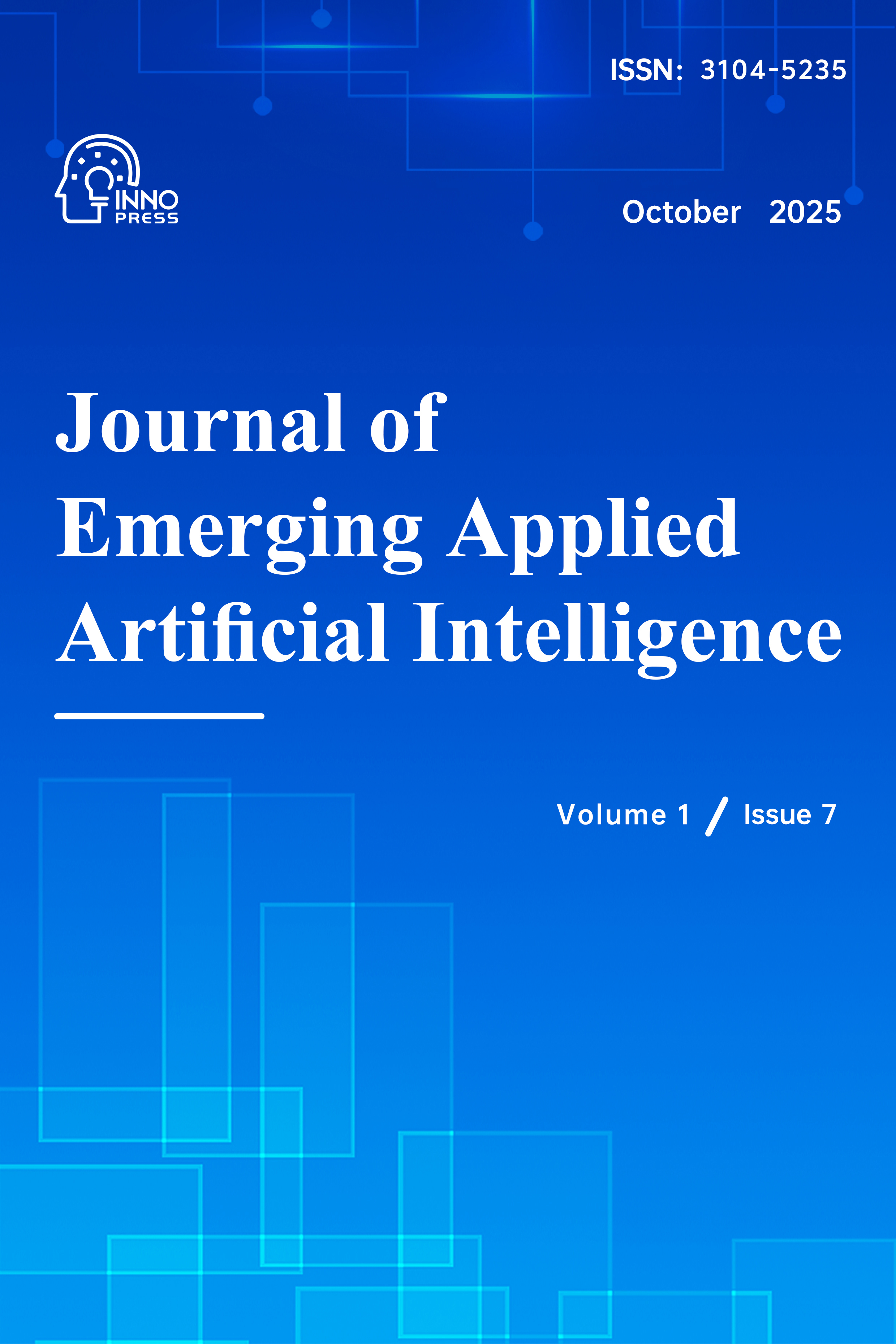Research on the path of AI to reduce the burden and increase the efficiency of primary and secondary education
Keywords:
artificial intelligence and education; reducing burden and increasing efficiency; intelligent teaching systemAbstract
Artificial Intelligence (AI) technology has been widely applied in four core domains: intelligent teaching systems (classroom behavior analysis and instructional strategy adjustment), personalized learning platforms (personalized study path planning and precise resource delivery), smart assessment tools (automated scoring capabilities and real-time tracking of student progress), and VR/AR virtual field education. These advancements have significantly improved the efficiency of primary and secondary education, promoted differentiated learning practices, and effectively enhanced student engagement. However, current implementation challenges include insufficient equipment resources, inadequate digital literacy among teachers, fragmented data systems with "information silos," and biased algorithms. To address these issues, comprehensive solutions should be developed: strengthening top-level planning and coordinating regional funding allocation; removing data barriers to establish open collaborative platforms and promote industry-academia-research collaboration for research and improvement; launching tiered teacher training programs with targeted support for under-resourced schools; establishing data security regulations and algorithmic fairness evaluation systems. Future development trends will focus on emotional interaction support, interdisciplinary innovation integration, and the dissemination of high-quality educational resources to better achieve strategic goals of educational equity and quality enhancement.
Downloads
Published
Issue
Section
License
Copyright (c) 2025 xian fei ke

This work is licensed under a Creative Commons Attribution 4.0 International License.

